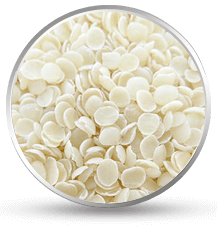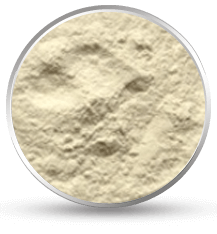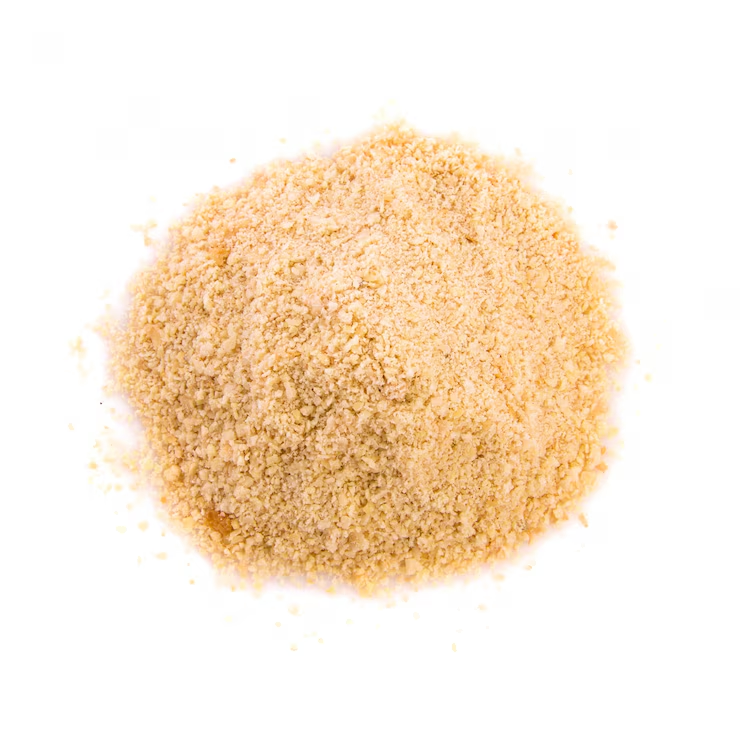Chelating Agents
Chelating Agents - Premium Metal Ion Control for Industrial & Oilfield
Chelating agents represent sophisticated coordination chemistry specifically engineered for controlling metal ions across industrial and oilfield operations. These specialized complexing molecules achieve superior metal sequestration through multi-dentate ligand binding, revolutionizing scale removal, iron control, and water treatment processes. Premium chelating agent portfolios include aminopolycarboxylic acids like EDTA and DTPA, organophosphonates, hydroxycarboxylic acids, and biodegradable alternatives targeting specific metal ions. The comprehensive range demonstrates exceptional stability constants with iron, calcium, barium, and heavy metals while maintaining effectiveness from pH 2-14 and temperatures up to 350°F. From pipeline cleaning to formation damage removal, chelating agents deliver predictable metal control meeting stringent operational and environmental specifications worldwide.

Guar Plant

Guar Seeds

Guar Gum Splits

Guar Gum Powder
Inquiry Now
Chelating Agent Properties & Complexation Characteristics
- Stability Constants & Binding Strength
- pH Range Tolerance & Buffer Capacity
- Metal Selectivity & Preferential Binding
- Metal Selectivity & Preferential Binding
Our chelating agents incorporate advanced molecular design delivering exceptional metal binding attributes essential for modern industrial and oilfield applications. These engineered properties ensure rapid complexation, stability under extreme conditions, and selective metal removal across diverse systems.


Chelating Agent Chemistry & Manufacturing Standards
Chelating agents encompass synthetic aminocarboxylates, natural hydroxy acids, phosphonic acids, and green alternatives manufactured in specialized facilities maintaining pharmaceutical-grade quality standards globally.
Chelating Agent Benefits & Operational Advantages
- Scale Dissolution & Equipment Restoration
- Iron Control & Precipitation Prevention
- Formation Damage Removal & Productivity Enhancement
Chelating Agent Product Information & Technical Classifications
Chelating agents undergo rigorous purification achieving optimal metal binding performance for specific applications across diverse industries. EDTA provides broad-spectrum chelation while specialized agents target specific metals. This comprehensive complexing portfolio enables selective metal control from trace contamination to concentrated scale deposits. The specialized formulations maintain effectiveness in high-temperature, high-salinity environments.
Quality Standards & Industry Specifications
Our chelating agents meet comprehensive industrial and oilfield standards through certified manufacturing, ensuring reliability for critical metal control applications.
- A.I.R. (Acidic Insoluble Residue)
- Moisture
- Viscosity
- Content of Ash
- Size of the Particle
- Odor
- Protein
- Filterability
- Gum Content
- Color
- Fibre
- Granulation
- Insoluble Residue
- Fat Content
- pH
- Heavy Metals
- Arsenic
- Lead
The Microbiological Quality Test consist of bacteriological test of the Food Grade products like Standard Plate Count, Yeast & Mould, Salmonella, E-coli, Colliform, Pseudomonas, Staphylococcus etc.
Chelating Agent Quality Testing Parameters - 18 Comprehensive Factors
Chelating agents undergo extensive analysis across 18 quality parameters ensuring consistent complexation performance meeting international standards.
| Physical Properties | Chemical Analysis | Performance Testing |
|---|---|---|
| Appearance/Form | Active Content (%) | Iron Binding Capacity |
| Solubility | pH (1% solution) | Calcium Complexation |
| Bulk Density | Moisture Content | Stability Constants |
| Particle Size | Heavy Metals | Temperature Stability |
| Melting Point | NTA Content | Biodegradation Rate |
| Specific Gravity | Chloride Level | Metal Selectivity |
Chelating Agent Regulatory Numbers & Classifications
- EDTA Products: HS 2922.49.00
- Phosphonates: HS 2931.00.00
- EPA TSCA: Listed
- REACH Registration: Compliant
- FDA Status: Food Grade Available
- Biodegradability: OECD 301
Chelating Agent Product Categories & Application Matrix
| Category | Type | pH Range | Metals | Application |
|---|---|---|---|---|
| Aminocarboxylate | EDTA | 4-14 | Fe, Ca, Mg | General Purpose |
| Aminocarboxylate | DTPA | 2-14 | Fe³⁺, Ba, Sr | Oil/Gas Wells |
| Phosphonate | HEDP | 1-14 | Ca, Fe | Scale Control |
| Hydroxy Acid | Citric | 2-8 | Fe, Ca | Food Grade |
| Green Chemistry | GLDA | 3-13 | Multi-Metal | Environmental |
Common Questions
FAQs - Chelating Agents

Form stable soluble complexes with scale-forming metals preventing re-precipitation unlike simple dissolution. Selective metal binding removes deposits while protecting base metal from corrosion damage.
Stability constants indicate binding strength with different metals guiding product selection effectively. pH conditions and competing ions influence effective stability requiring comprehensive evaluation systematically.
Controlled application targeting specific minerals while monitoring spent acid prevents excessive dissolution. Temperature and contact time management essential protecting formation integrity during treatments.
Modern biodegradable options like GLDA provide comparable complexation with enhanced environmental degradation. Slightly lower stability constants compensated by improved environmental profile increasingly.
Circulation ensuring complete pipe contact with sufficient residence time maximizes scale removal. Temperature elevation enhances kinetics while agitation prevents channeling through deposits effectively.
Metal-loaded chelates require proper treatment before disposal following environmental regulations strictly. Precipitation, separation, or approved disposal methods prevent metal discharge into environment.
Citric acid and other food-grade options work effectively for many industrial uses. Higher cost justified when worker exposure or environmental discharge concerns exist.
Metal analysis of return fluids tracks removal progress while pH monitoring indicates reaction completion. Visual inspection and flow improvement confirm scale removal effectiveness comprehensively.
Technical Support & Chelation Programs
Our chemical engineers provide comprehensive chelating agent application support including metal analysis, product selection, and treatment design. Laboratory services offer stability constant determination, dissolution testing, and compatibility studies. Field support includes treatment supervision, spent fluid analysis, and optimization protocols across industrial cleaning and oilfield stimulation applications.
Packaging & Chemical Logistics
Chelating agents package in moisture-proof bags, drums, or bulk containers depending on physical form and application requirements. Liquid formulations available for direct injection applications. Temperature-controlled storage prevents degradation of sensitive products. Complete documentation includes handling procedures, compatibility charts, and disposal guidelines.
Extended Applications & Specialized Uses
Beyond traditional applications, chelating agents enable micronutrient delivery in agriculture through metal complexes. Pharmaceutical manufacturing utilizes high-purity grades for drug formulation. Electronics industry employs chelators in cleaning solutions. Medical applications include heavy metal detoxification therapies. Water treatment uses chelation preventing metal-catalyzed oxidation reactions.
Quality Certifications & Regulatory Compliance
Manufacturing facilities maintain ISO 9001:2015 certification ensuring consistent chelating agent quality. FDA registration enables food and pharmaceutical applications. NSF certification available for water treatment uses. REACH compliance provides European market access. Regular analytical verification maintains specification compliance supporting diverse applications.
Environmental Profile & Green Chemistry
Chelating agent development emphasizes readily biodegradable alternatives reducing environmental persistence. Bio-based feedstocks replace petrochemical derivatives progressively. Concentrated formulations minimize packaging and transportation impacts. Recovery and recycling programs reduce consumption in closed systems. Innovation focuses on high-performance sustainable chelators meeting operational and environmental objectives.

